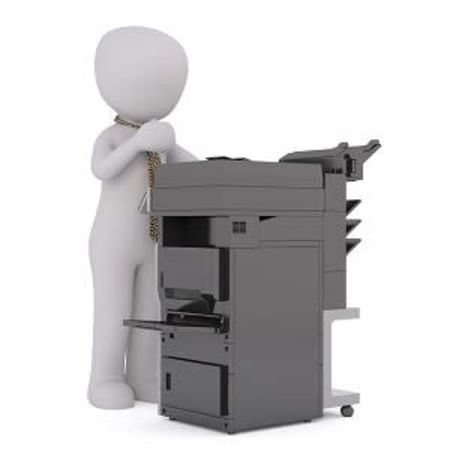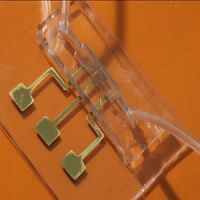The use of 3D printing in medicine has accelerated in recent years, with some hospitals using the technology to plan complicated interventions. Moreover, medical 3D printing is now expanding to include personalised instruments created to make surgery more precise and timely. As 3D printing moves into hospitals, the field has started to chart its own course, one that weaves together technology and art, says a Perspectives article in The Lancet.
The article is published by Frank J. Rybicki, MD, PhD, Department of Radiology, Faculty of Medicine, University of Ottawa, ON, Canada, who from his own experience has discovered that "the creativity inherent in 3D printing has enabled it to become an art form in medicine, with 'physician-artists' working in a new studio — the hospital."
The author recalls the time when he first met a patient who had catastrophic facial deformity. "When I met that first patient — one of many wounded soldiers with severe facial injuries — I was challenged to help artfully repair the damage," Dr. Rybicki says. Had the injury occurred in the mid-20th century, the doctor explains, surgery would have been greatly limited by the paucity of options in plastic surgery.
Today, 3D printing makes it possible to alter anatomy digitally and then to design and fabricate personalised 3D anatomical parts. This has transformed the lives of injured patients and how they will be perceived by themselves and others.
"3D printing is a form of art in medicine because experts can and must digitally manipulate the patient’s anatomy captured by radiology equipment to create a physical rendition of the patient," the author writes. "As physician-artists work in this digital space, they are bringing new skill sets into hospitals, such as computer-aided design."
These physician-artists and their colleagues in hospital-based 3D printing labs, according to the author, have inherent artistic licence as they design, produce, clean, and present 3D medical models. Again, based on his experience, the author says 3D printing delivers awareness and discovery beyond rendering a diagnosis from a CT scan.
"As a physician-artist, I know when a design is 'just right' — I will think, or openly exclaim, 'Don’t touch it anymore. It’s done. It’s beautiful,” writes Dr. Rybicki.
The author notes that the studio for medical 3D printing is evolving from companies to hospitals. Long before hospital-based 3D printing labs were established, companies produced thousands of medical models. However, companies must abide by industry manufacturing standards, which do not necessarily apply within hospital walls. "When a 3D printed part is created in hospital for personalised medical care, physicians have artistic as well as medical licence and a responsibility to treat patients safely," the author points out.
As this field grows, however, there are concerns that too few boundaries are imposed on physician-artists who create 3D models in hospitals.
"Think of how, in representing the human body, an artist can distort proportions for emphasis or to evoke a feeling. To what extent does such artistic freedom shape the work of physician-artists specialising in 3D printing? How do they resolve the tension between artistic endeavour and clinical need?" Dr. Rybicki writes.
Still, the doctor believes that constraints imposed by medical requirements on 3D printing tasks act as a counterbalance to intrinsic artistic licence. Specifically, surgical planning requires that the design and 3D printing of anatomical models must best replicate the patient’s anatomy. For example, in oncology, physical models of patients with lung tumours close to the clavicle and the upper rib cage must be accurately designed to include critical, adjacent vessels, nerves, and bones. Another consideration is cost. Physician-artists in hospital 3D printing labs are challenged to select those patients for whom valuable medical resources are best suited.
"The tension between artistic licence and clinical constraints will continue to establish an equilibrium state in which 3D printing in hospitals enhances the quality of care we deliver. This balanced approach of technology and art enables 3D printing to deliver a unique opportunity to improve patients’ quality of life," the author concludes.
Source: The Lancet
Image Credit: Pixabay
References:
Frank J Rybicki (2018) The art of medicine: Medical 3D printing and the physician-artist. The Lancet 17 February 2018. 391:651–652 DOI: https://doi.org/10.1016/S0140-6736(18)30212-5
Latest Articles
3D printing, Medical 3D Printing, personalised instruments
The use of 3D printing in medicine has accelerated in recent years, with some hospitals using the technology to plan complicated interventions. Moreover, medical 3D printing is now expanding to include personalised instruments created to make surgery more


























